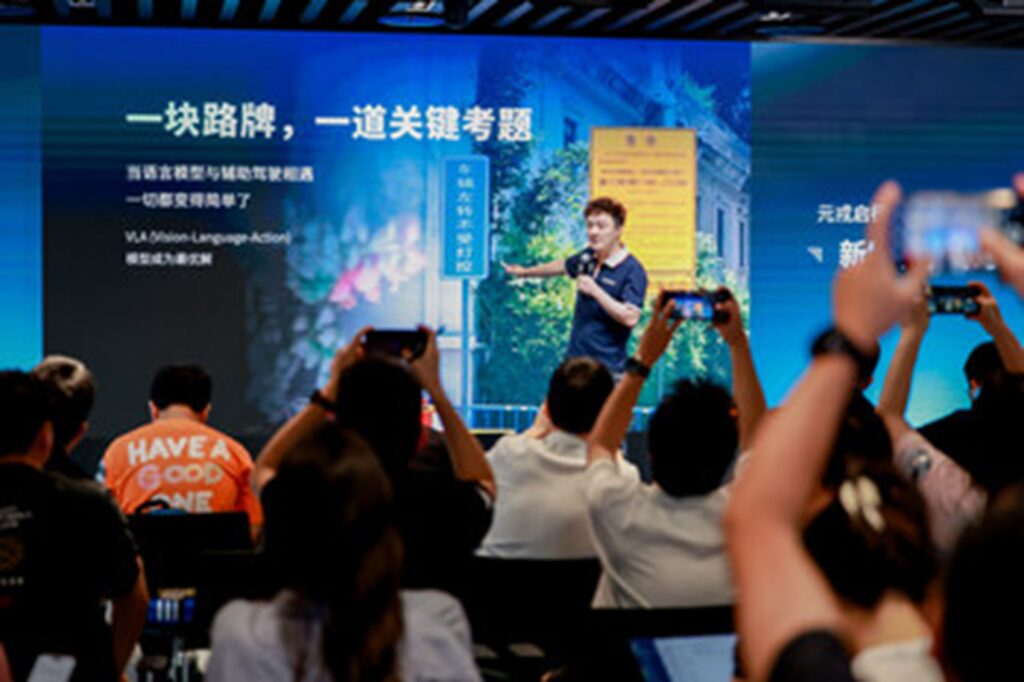DeepRoute.ai has recently launched DeepRoute IO 2.0, its latest smart driving platform, powered by the company's advanced VLA (Vision-Language-Action) model, to provide smarter, safer, and more human-like driving experiences for everyday users.

DeepRoute IO 2.0
For seamless integration across different vehicle models and automakers, DeepRoute IO 2.0 features a flexible, multi-chip, multi-sensor design that supports both LiDAR-equipped and pure vision configurations.
Maxwell Zhou, CEO of DeepRoute.ai, explains, "DeepRoute IO 2.0 adopts the VLA model integrated with the large language model, which brings two core advantages: Chain-of-thought reasoning and extensive knowledge base."
Users can analyse complex traffic scenarios through logical and human-like reasoning through the Chain-of-thought.
Moreover, its knowledge base allows the model to draw upon accumulated driving experience across diverse conditions, ensuring it adapts seamlessly to real-world situations and performs reliably under any circumstance.
Managing complex driving scenarios
Powered by the VLA model, the DeepRoute IO 2.0 platform aims to enhance the ability to manage complex driving scenarios and promote defensive driving by combining spatial understanding with advanced reasoning. It facilitates handling diverse conditions and eliminating blind-spot risks.
Users can also maximise the provided step-by-step explanations of its decision-making process, reducing the "black box" effect.
Its OCR capability allows the system to recognise traffic signs and interpret text road information in real time.
Moreover, a voice control feature aims to provide interaction with humans using natural language to control the vehicle through verbal commands.
DeepRoute.ai has rigorously validated DeepRoute IO 2.0 and the VLA model in real-world urban environments. This thorough testing ensures that the platform delivers reliable performance under diverse conditions.





